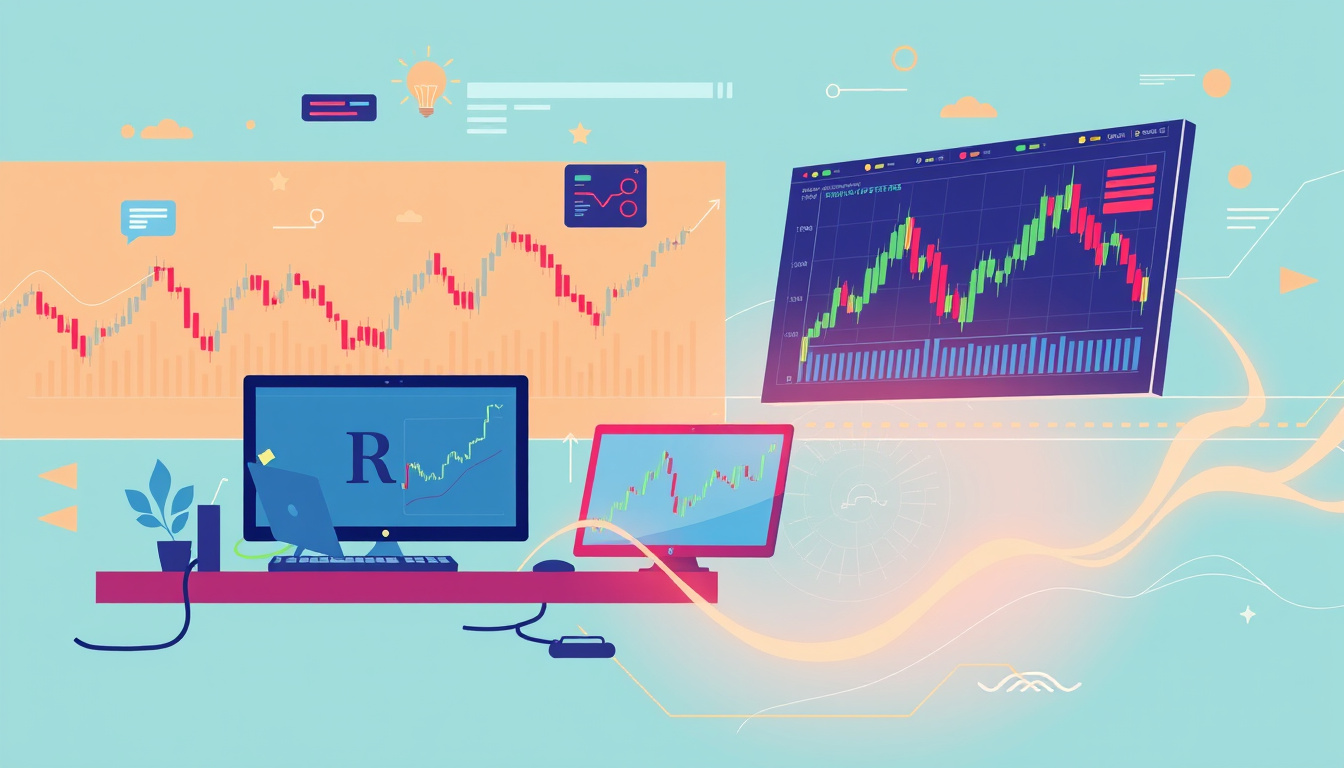Unlocking Profits: The Art and Science of Systematic Trading Strategies
In finance, traders use systematic trading to mix the speed of machines with smart human choices. This article shows the basics of systematic trading, its methods, gains, and risks. It also points out how traders can use this method to get better returns.

What is Systematic Trading?
Systematic trading is a clear method where traders follow set rules and codes. It differs from trading based on gut feelings or moods. Instead, traders stick to a plan that cuts risk and aims for more wins. This method uses these trading types:
- Mechanical Trading Systems: Traders act by hand when rules are met.
- Fully Automated Systems: Computers make trades when data meets set rules.
- Quantitative Trading: Math and stats help find good trade chances.
This method grew in the 1970s as computer work became faster. Computers then could work with huge pools of data and make quick trades.
Key Components of Systematic Trading Strategies
-
Rule-Based Framework: A clear set of rules tells traders when to buy or sell. Traders build these rules using tests on past data and work to find a fine fit.
-
Risk Management: Traders set rules to guard their funds. They pick position sizes, add stop-loss orders, and set limits on losses. This keeps their plan safe when market moods change.
-
Diversification: Traders use many methods over stocks, bonds, and goods. This mix cuts risk if one method fails. By spreading out methods, traders aim for steady gains.
-
Data Analysis: Traders use numbers to see trends and links in market data. This work helps them check and improve their trading plans.
The Benefits of Systematic Trading
There are many perks to this method:
- Objectivity: Using set data and codes cuts out feelings that can lead traders astray.
- Consistency: This plan helps traders stick to their method in different market times. They only change the plan when tests show it is needed.
- Backtesting: Testing the rules with old data helps traders check their plans before real trades. It builds trust in the method.
Challenges and Risks
Even with gains, this way of trading has some hard points:
- Market Volatility: Rapid price changes can hurt even a good plan if stops are not strong.
- Model Risk: A built plan relies on set ideas. If those ideas are wrong in real markets, losses can grow.
- Dependence on Technology: Computers can err. A bug or a market glitch can lead to bad trades if the safety stops fail.
Conclusion
Systematic trading is a clear and firm way to trade. It is not free from risk, but when done well, it can bring good rewards. By setting clear rules, guarding funds wisely, and watching data, traders can work towards steady gains. Whether a plan runs by set rules or by computer code, systematic trading forms a clear road to meet money goals in a fast market.
